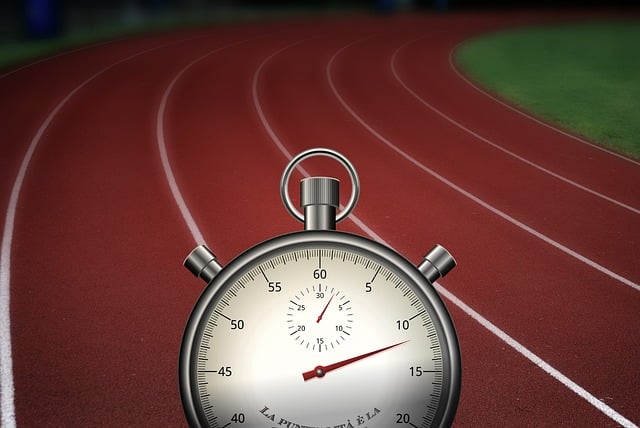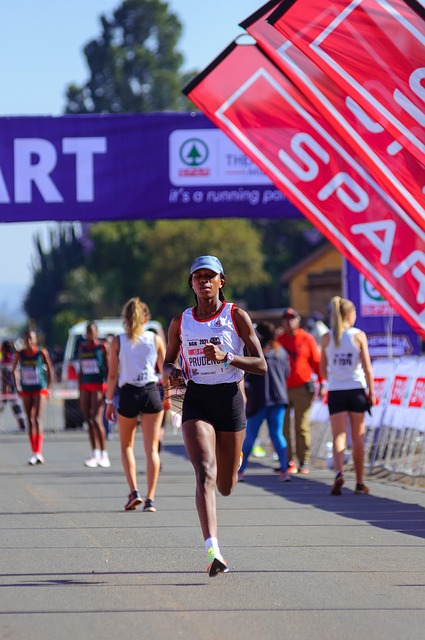College cross country rankings and data analytics are vital tools for evaluating athletic performance, tracking progress, comparing schools, and informing recruitment strategies. Analyzing race times, demographics, and historical data helps identify trends influenced by training, weather, and course terrain. Team dynamics, including camaraderie and mutual support, enhance individual and collective performances. Coaches and athletes must adapt to course challenges like varied terrain and crowded races. Seasonal variations impact performance, requiring flexible training regimens. Advanced analytics and statistical modeling transform predictions, enriching the competitive dynamics of college cross country.
Uncover the fascinating world of college cross country rankings and analysis! This comprehensive guide explores key factors shaping team performance. From understanding complex ranking systems to delving into data-driven trends, we navigate the nuances of this demanding sport. We examine the impact of team dynamics, course challenges, and seasonal variations on rankings. Additionally, discover how statistical insights can predict champions, providing valuable knowledge for coaches, athletes, and enthusiasts alike.
- Understanding College Cross Country Rankings
- Data Analysis: Unlocking Performance Trends
- The Impact of Team Dynamics on Results
- Course Challenges and Their Influence on Ranking
- Seasonal Variations: A Deep Dive into Times
- Predicting Champions: Statistical Insights
Understanding College Cross Country Rankings

College cross country rankings are a crucial aspect of understanding and comparing athletic performance among universities. These rankings are based on a combination of factors, including team results from various competitions throughout the season. The most common method is using a points system that assigns values to each runner’s placement, with top finishers earning more points for their teams. This system allows for not only gauging individual performer strength but also assessing the depth and overall quality of a college’s cross country program.
By analyzing these rankings, coaches, analysts, and fans can gain valuable insights into the competitive landscape of college cross country. They help identify top contenders, track progress over time, and facilitate comparisons between different schools. Moreover, rankings influence recruitment strategies and create a benchmark for measuring success within the sport. In today’s competitive environment, understanding where your program stands in these rankings is essential to staying ahead and fostering a culture of excellence in college cross country.
Data Analysis: Unlocking Performance Trends

In the realm of college cross country, data analysis has emerged as a powerful tool for unlocking performance trends and gaining strategic insights. By meticulously examining race times, runner demographics, and historical performance data, coaches and athletic departments can identify key patterns that influence success on the course. This involves sophisticated statistical methods to uncover relationships between various factors, such as the impact of training regimes, weather conditions, and course terrain on individual and team performances.
Through advanced analytics, colleges can make informed decisions about program development, target specific areas for improvement, and tailor their strategies accordingly. For instance, analyzing data from past competitions can reveal optimal training schedules, identify top talent, and predict potential challenges based on historical trends. Such insights enable coaches to design more effective training programs, ultimately enhancing the overall performance of college cross country teams in both national and regional events.
The Impact of Team Dynamics on Results

In college cross country, team dynamics play a pivotal role in shaping race outcomes. The camaraderie and communication among runners foster a sense of unity that translates into stronger performances on the course. Athletes feeding off each other’s momentum can lead to improved individual times while also contributing to the overall team score. A cohesive unit is better equipped to navigate challenging terrain and endure the mental rigors of long-distance racing, ultimately elevating the collective achievement.
Additionally, effective team dynamics encourage a culture of support and motivation where slower runners assist their faster peers by maintaining close proximity during pack running. This strategy not only ensures the team stays together but also enables quicker recovery for individuals who may have pushed too hard in the early stages of the race. Such collaborative efforts are essential to achieving top rankings in competitive college cross country events.
Course Challenges and Their Influence on Ranking

In the dynamic world of college cross country, understanding course challenges is key to unlocking ranking potential. Each race venue presents unique obstacles that can significantly impact a team’s performance and overall standings. From undulating terrain that demands stamina to tightly packed courses fostering competitive strategy, these factors play a pivotal role in shaping rankings. Coaches and athletes alike must adapt their approaches, tailoring training regimens and racing tactics to conquer these challenges effectively.
The influence of course challenges extends beyond mere physical exigence; they introduce mental variables crucial for success in cross country. Navigating unfamiliar routes, managing crowd dynamics, and dealing with sudden weather shifts all contribute to the overall ranking picture. Teams that excel in adapting to such variables often find themselves at the forefront, showcasing their resilience and strategic depth in the face of ever-changing course demands.
Seasonal Variations: A Deep Dive into Times

In the dynamic landscape of college cross country, understanding seasonal variations is paramount for athletes and coaches alike. Times recorded during each season, from early fall to late spring, can significantly differ due to various factors such as weather conditions, training cycles, and physiological changes in runners. For instance, cool, crisp autumn mornings often produce faster times as athletes take advantage of optimal temperatures and relatively high humidity levels. Conversely, winter’s cold and snow can slow down performances until the return of warmer conditions in spring.
These seasonal shifts underscore the importance of flexible training regimens in college cross country. Coaches and athletes must adapt their strategies to capitalize on favorable conditions while mitigating the effects of unseasonable weather. By closely analyzing seasonal trends and adjusting training plans accordingly, teams can optimize performance throughout the year, ultimately aiming for peak conditioning during championship events.
Predicting Champions: Statistical Insights

Predicting champions in college cross country races has evolved with advancements in data analytics and statistical modeling. By leveraging vast datasets encompassing historical performance, athlete demographics, training metrics, and course characteristics, analysts can now identify trends and patterns that were once elusive. These insights empower coaches, athletes, and fans to form more informed predictions, enhancing the excitement and competitive landscape of the sport.
Statistical models employ machine learning algorithms to process and correlate various data points. Factors such as past race times, personal bests, training load, and even weather conditions on race day are fed into these models. The resulting analyses offer valuable insights into an athlete’s potential for success, enabling more accurate predictions of championship contenders. This data-driven approach not only captivates fans but also informs strategic decision-making within college cross country programs.






